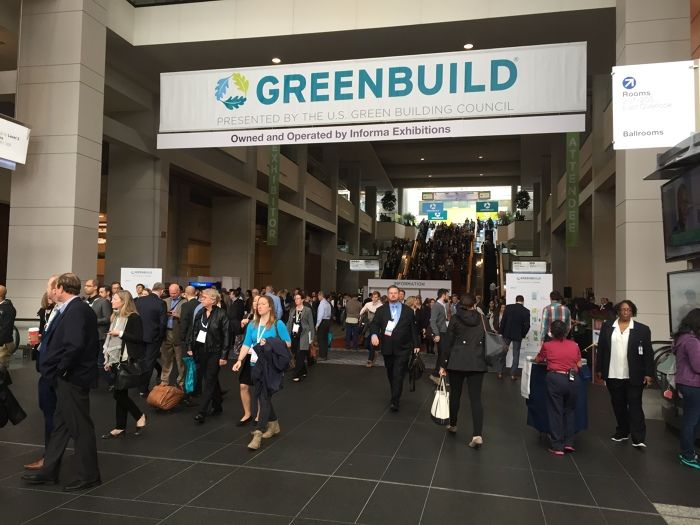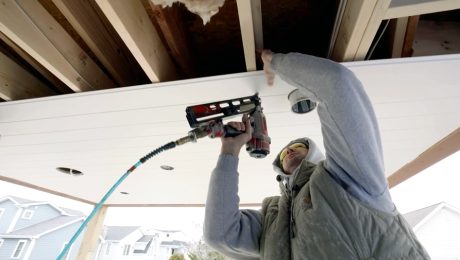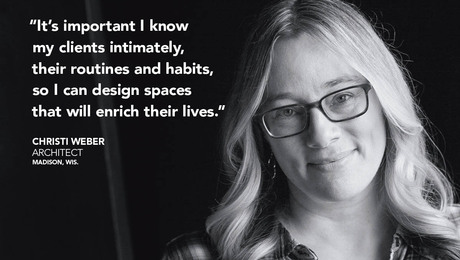FTC Registers Concern Over Green Products Marketing as Certification Programs Proliferate


Jessica Rich, director of the Bureau of Consumer Protection, sent a letter to five certifiers and 32 businesses that publish or market green seals, warning that the agency would hold them accountable for any deceptive claims.
The FTC, which issued guidance on green marketing in 2012, objected to green labels and certifications that register “general” environmental claims. Its concern is that consumers may believe that products have far-reaching rather than specific environmental benefits, or, even more deceptively, no negative environmental impact.
The government action–the FTC asked the companies for a written–comes as surveys show that people want green products and will even pay more for them. But surveys also show that Americans wish they had better information to guide green purchasing decisions and will punish companies if misled.
As activity at Greenbuild 2015 demonstrated, green claims are proliferating as manufacturers issue more and more environmental product declarations (EPDs) and health product declarations (HPDs) to help designers accumulate green certifications for buildings. Many manufacturers rely on third parties for testing and reporting. Those organizations often publish indexes of certified products and provide green certification logos for manufacturers to use.
Meanwhile, new certification companies keep arriving in what’s become a crowded scene. At Greenbuild 2015, a consortium, formed by ASTM International, ICC Evaluation Service, NSF International, and Sustainable Minds, announced that it would begin verifying environmental claims by manufacturers.
The group will compete with UL Environment (Underwriters Laboratory), which provides a Greenguard label commonly displayed on building products packaging. Greenguard grew out of a program for indoor air quality–the first user was the Environmental Protection Agency, which was concerned about off-gassing from office furniture–but now addresses other health concerns.
Green Circle, another big player in this field, used by CertainTeed and Stanley among other companies, certifies everything from the energy savings of a product, to whether it contains renewable resource content, to whether it’s recycled at the end of its useful life. The organization helps clients make sure they comply with FTC guidelines.
Cradle to Cradle, another program with a high profile at Greenbuild, certifies a even even wider swath of green characteristics. It uses independent testing agencies to grade products for material health, material reutilization, renewable energy and carbon management, water stewardship, and social fairness.
Certification Gives Rise to Information Portals
The proliferation of competing marketing claims has given rise to another cottage industry–firms that publish searchable databases. Unless you are a design professional who lives and breathes product certification, it’s difficult to keep up with the latest activity and judge competing claims. Searchable databases can help.
Google recently entered this field–a seeming indication that this is an important growth business–as part of a consortium that launched a data portal, the Quartz Project, to help consumers and pros decipher the environmental impact of basic building-material choices.
Google partnered with the Healthy Building Network, thinkstep, and Flux to create a portal that includes research on 100 of the most commonly used vendor-neutral building materials, such as concrete and drywall. The portal’s focus on basic materials rather than individual products makes it different from other green product research tools.
Here’s a listing of data bases that can help in environmental product decisions:
- GreenWizard provides software to search more than 150,000 products from in excess of 1300 manufacturers. The basic database is free. A paid subscription allows you to manage building product information for a specific project or firm
- GIGA, developed by a group of architects trying to design sustainable buildings in China, publishes a database of HPDs and Cradle to Cradle certification. The organization ranks products according to transparency, performance, and environmental impact
- BuildingGreen publishes a GreenSpec product directory that lists more than 2600 products within the most specified building-product categories. Products are selected according to transparency criteria
- UL Environment publishes a Sustainable Product Guide that includes products certified by the organization. Users can search for products that qualify for specific LEED credits
- The Pharos Project lists the health hazards of building products. The ingrediants of roughly 400 products are completely disclosed. The organization offers a 14-day free trial to what’s otherwise a paid subscription database
- The HPD Library, published by the Smith Group JJR, aggregates hundreds of HPDs from a variety of sources into a free searchable database
Meanwhile, the threat of FTC sanctions hangs over the heads of companies that don’t comply with the federal guidelines. The FTC asked green-product certifiers and manufacturers to detail steps they are taking to come into compliance.
The Commission is specifically registered concern that certification companies allow product manufacturers to use logos that don’t include qualifying information. When consumers click on the logos, they sometimes aren’t directed to web pages that explain the limitations of the green certification.































View Comments
Boyce – Great post. It's an important issue. I should note, however, that the new consortium launched at Greenbuild that you mention aims to help solve the problem you are highlighting. The four organizations (ASTM, NSF, ICC-ES, and Sustainable Minds) are not new to this space, each having been involved with EPDs for years. A key goal of the consortium is to reduce confusion in this space while promoting outreach and education. More information is available here: http://www.astmnewsroom.org/default.aspx?pageid=3870 Thanks! Nate Osburn, Director, Corporate Communications, ASTM International